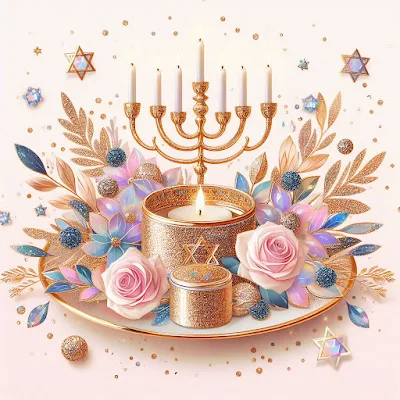A Tapestry Of Tradition | Unveiling The Rich Customs And Rituals Of A Jewish Wedding
Introduction:
A Jewish wedding is a celebration that weaves together centuries of tradition, symbolizing not only the union of two individuals but also the continuity of a rich cultural heritage. Steeped in customs and rituals, a Jewish wedding is a tapestry of symbolism, joy, and sacred commitment. In this blog post, we delve into the timeless traditions that shape the fabric of a traditional Jewish wedding ceremony.
Kabbalat Panim: Welcoming the Bride and Groom:
The festivities often commence with Kabbalat Panim, a custom where the bride and groom are individually greeted by their guests before the ceremony. This serves as a joyous prelude to the main event, allowing the couple to receive blessings and well-wishes from their loved ones.
Bedeken: The Veiling Ceremony:
In the Bedeken ceremony, the groom veils the bride before the ceremony. This ritual harks back to the biblical story of Jacob, who was veiled when marrying Rachel. It symbolizes the groom's commitment to marrying the person inside, emphasizing the value of inner beauty and character.
Ketubah Signing: A Covenant of Love:
The Ketubah, a beautifully decorated marriage contract, is signed by the couple and two witnesses before the ceremony. This document outlines the groom's responsibilities to the bride and serves as a tangible symbol of the covenant between them. The signed Ketubah is often displayed prominently in the couple's home.
Chuppah: Symbol of the Home:
The Chuppah, a canopy held up by four poles, is the central element of the Jewish wedding ceremony. It symbolizes the new home the couple is creating together and represents the spiritual dimension of their union. The open sides of the Chuppah also signify the couple's openness to guests and their connection to the community.
Blessings and Kiddushin: Sanctification of the Marriage:
The wedding ceremony begins with blessings over wine (Kiddush) and the recitation of the betrothal blessings (Kiddushin). The groom places a ring on the bride's finger, symbolizing the sanctification of the marriage. This act, known as giving the "kesef" or money, carries profound spiritual significance.
Sheva Brachot: The Seven Blessings:
Following the exchange of rings, the Sheva Brachot, or Seven Blessings, are recited. These blessings celebrate the joy of the union and invoke divine blessings upon the couple. Each blessing touches upon different aspects of life, from the creation of the universe to the joy of marriage.
Breaking the Glass: Symbol of Fragility and Remembrance:
The ceremony concludes with a symbolic act—the breaking of a glass by the groom. This moment carries various interpretations, including a reminder of the fragility of life, the destruction of the Temple in Jerusalem, and the seriousness of the commitment being made. As the glass shatters, the guests joyfully exclaim, "Mazel tov!"
Yichud: Private Moments for the Newlyweds:
After the ceremony, the newlyweds retreat to a private room known as the Yichud, where they have a few moments alone to reflect on the significance of their union. This brief seclusion marks the beginning of their journey as a married couple.
Conclusion:
A traditional Jewish wedding is a sacred and joyous occasion, intricately woven with customs that reflect the deep roots of Jewish culture and faith. Each ritual, from the signing of the Ketubah to the breaking of the glass, carries profound symbolism, uniting the past, present, and future in a celebration of love, commitment, and continuity. As couples stand beneath the Chuppah, they not only join their lives but also become part of a timeless tradition that spans generations.

